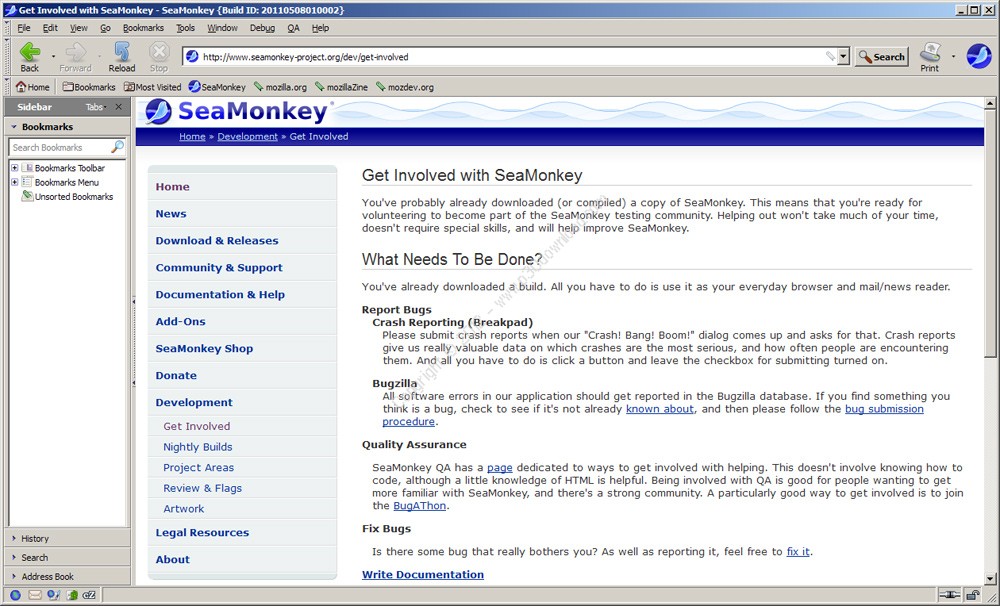
Originally, the name "Seamonkey" was derived by Netscape management to replace "Buttmonkey", which their developers had chosen following an internal contest for the codename.
MOZILLA SEAMONKEY FOR BUSINESS CODE
"Seamonkey" (with a lowercase "m") refers to brine shrimp and had been used by Netscape and the Mozilla Foundation as a code name for the never-released Netscape Communicator 5 and later the Mozilla Application Suite itself. After initial speculation by members of the community, a Jannouncement confirmed that SeaMonkey would officially become the name of the Internet suite superseding the Mozilla Application Suite. To avoid confusing organizations that still want to use the original Mozilla Application Suite, the new product needed a new name. The generated code is HTML 4.01 Transitional. Its main user interface features four tabs: Normal (WYSIWYG), HTML tags, HTML code, and browser preview. SeaMonkey Composer is a WYSIWYG HTML editor descended from Mozilla Composer.

This allows the user to extend SeaMonkey by modifying add-ons for Thunderbird or the add-ons that were formerly compatible with Firefox before the latter switched to WebExtensions. Ĭompared to Firefox, the SeaMonkey web browser keeps the more traditional-looking interface of Netscape and the Mozilla Application Suite, most notably the XUL architecture. The new project-leading group is called the SeaMonkey Council. The development of SeaMonkey is community-driven, in contrast to the Mozilla Application Suite, which until its last released version (1.7.13) was governed by the Mozilla Foundation. SeaMonkey was created in 2005 after the Mozilla Foundation decided to focus on the standalone projects Firefox and Thunderbird. It is the continuation of the former Mozilla Application Suite, based on the same source code, which itself grew out of Netscape Communicator and formed the base of Netscape 6 and Netscape 7.


MOZILLA SEAMONKEY FOR BUSINESS FREE
SeaMonkey is a free and open-source Internet suite. Belarusian, Catalan, Chinese (Simplified), Chinese (Traditional), Czech, Dutch, English (US), English (British), Finnish, French, Galician, German, Hungarian, Italian, Japanese, Lithuanian, Norwegian (Bokmål), Polish, Portuguese (Portugal), Russian, Slovak, Spanish (Argentina), Spanish (Spain), Swedish, Turkish, Ukrainian


 0 kommentar(er)
0 kommentar(er)
